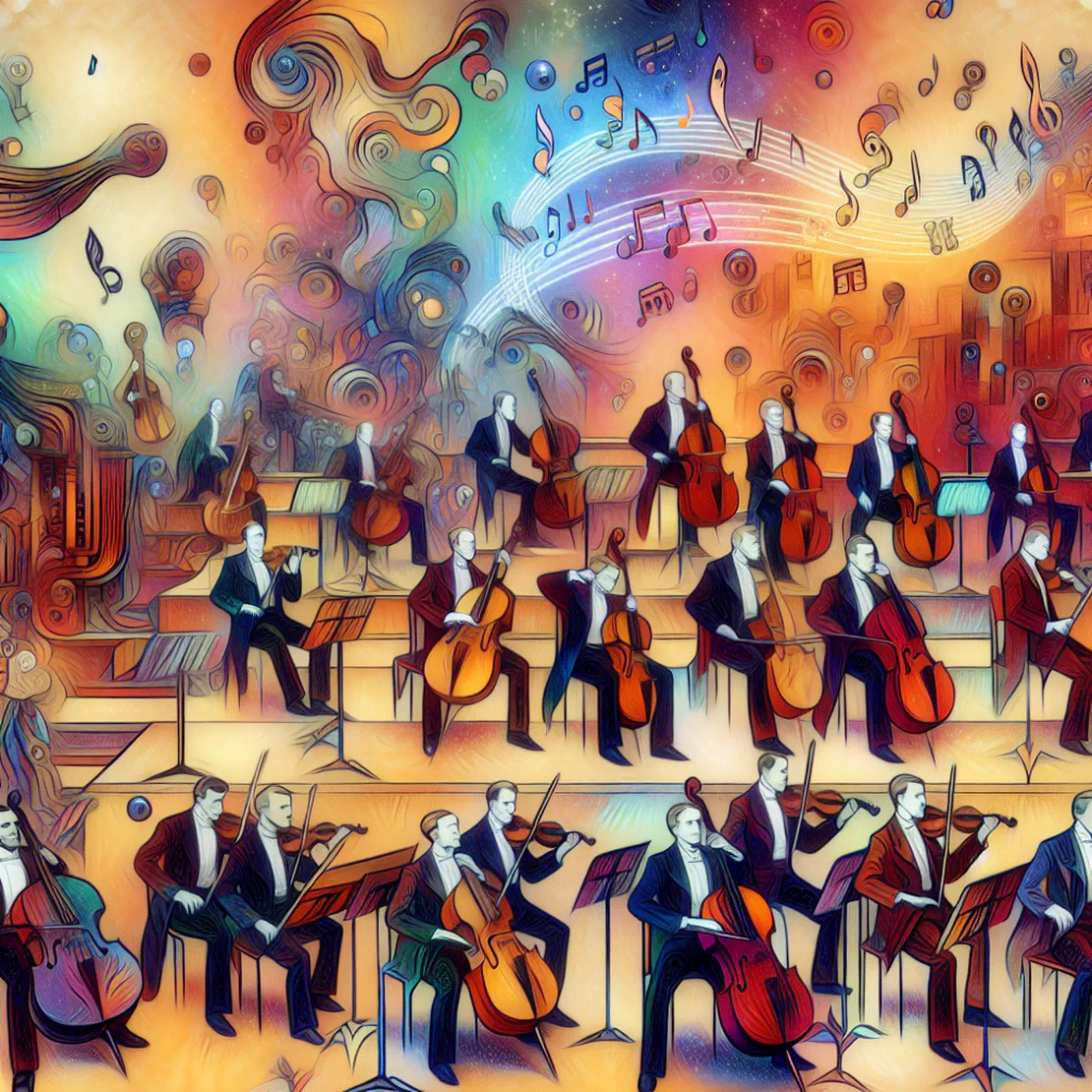
CLASSICAL: Tyler Cowen
- Tetragrammaton with Rick Rubin
- Classical , Piano
- October 18, 2024
Table of Contents
At a Glance
-
Stravinsky’s Influence and Conducting - ‘It’s conducted by Stravinsky himself.’ This highlights the rare opportunity to experience music conducted by the composer himself, adding authenticity and depth to the listening experience.
-
Extensive Listening Experience - ‘And you’ve listened to the entire, all of the Stravinsky by Stravinsky.’ This indicates the thorough and sequential exploration of Stravinsky’s works, emphasizing a deep dive into his musical evolution.
-
Shostakovich’s Historical Context - ‘And just to close before I need to get off to the airport to see Stravinsky’s own influence on Russian music, even through the age of Stalin.’ This point underscores the significant impact of Stravinsky on Russian music, even during politically tumultuous times.
-
Russian vs. European Music - ‘The rest of European music is so much more urban oriented.’ This comparison highlights the distinct nature of Russian music, rooted in folk traditions, providing a contrast to the more urban-focused European music.
-
Stravinsky’s Tillybom - ‘Here’s a one-minute version. I’ll tell you all about it.’ Mentioning a specific, favorite piece of Stravinsky showcases personal preference and introduces listeners to lesser-known works.
-
Musical Conditions and Influences - ‘I think so. All surrounded by all that folk music, late urbanization, there is a church music.’ This discussion about the environmental and cultural factors influencing music composition provides insight into how music is often a reflection of societal conditions.
-
Mussorgsky’s Original Intent - ‘Now that opening part, Mussorgsky intended it as Russian church bells.’ This highlights the importance of understanding a composer’s original intent to fully appreciate the nuances in their compositions.
-
Richter’s Eccentric Style - ‘Richter had this highly eccentric style, which I think matches Mussorgsky perfectly.’ This point emphasizes the unique interpretation styles of performers and their impact on how compositions are perceived.
-
Humorous Repetition - Repeated lines such as ‘I’m gonna be a star’, and ‘I’m gonna be a good boy’ in different contexts provide a humorous break from the serious discussion, showcasing the lighter side of the conversation.
-
Stravinsky’s Neoclassical Period - ‘Let’s try some Stravinsky neoclassical period.’ This introduces listeners to the different phases of Stravinsky’s career, providing a structured way to explore his evolution as a composer.
-
Influence of Rimsky-Korsakov - ‘His teacher was Rimsky-Korsakov.’ This point underlines the lineage and mentorship in classical music, which significantly influences the styles and techniques of composers.
Each of these highlights captures key moments in the conversation that are either informative, reflective of deep musical understanding, or simply entertaining, making them noteworthy for listeners interested in classical music and its history.
What to Do
-
‘Explore various music periods and styles’ - Understanding different music periods enhances appreciation and provides a broader perspective on music evolution.
-
‘Listen to live music performances’ - Experiencing music live can offer unparalleled enjoyment and a deeper connection to the art form.
-
‘Incorporate multi-sensory elements into events’ - Engaging multiple senses can create a more immersive and memorable experience.
-
‘Be open to new and experimental music’ - Experimenting with new forms of music can lead to unique and innovative artistic expressions.
-
‘Learn from past composers but also innovate’ - Studying past masters provides foundational knowledge, but innovation keeps music evolving and relevant.
What to Get
-
Stravinsky’s neoclassical period music - Used for understanding the evolution and experimentation in Stravinsky’s musical career.
-
Rimsky-Korsakov’s compositions, particularly ‘Scheherazade’ and ‘Flight of the Bumblebee’ - Referenced for their lush, ornamental style and influence on Hollywood music.
-
Mussorgsky’s compositions, notably re-orchestrated by Rimsky-Korsakov - Discussed to illustrate how Mussorgsky’s original intentions in music were altered in Rimsky’s orchestrations.
-
Stravinsky’s ‘Rite of Spring’ - Analyzed for its revolutionary approach to music and its impact on future musical directions, including noise music and electronica.
-
Verrez’s works ‘Amarique’ and ‘Ionization’ - Mentioned as examples of music focusing on percussive sound organization, influencing later avant-garde and classical compositions.
-
Mussorgsky’s ‘Pictures at an Exhibition’ - Both the orchestrated version by Rimsky and the original piano version by Mussorgsky are discussed to compare interpretation differences.
-
Album ‘Pictures at an Exhibition’ by Emerson, Lake & Palmer - Referenced as a rock adaptation of Mussorgsky’s work, showing the crossover of classical music into rock.
-
Tchaikovsky’s music - Discussed in the context of Russian nationalism and its impact on European music during his life.
Summary
- Working on it


